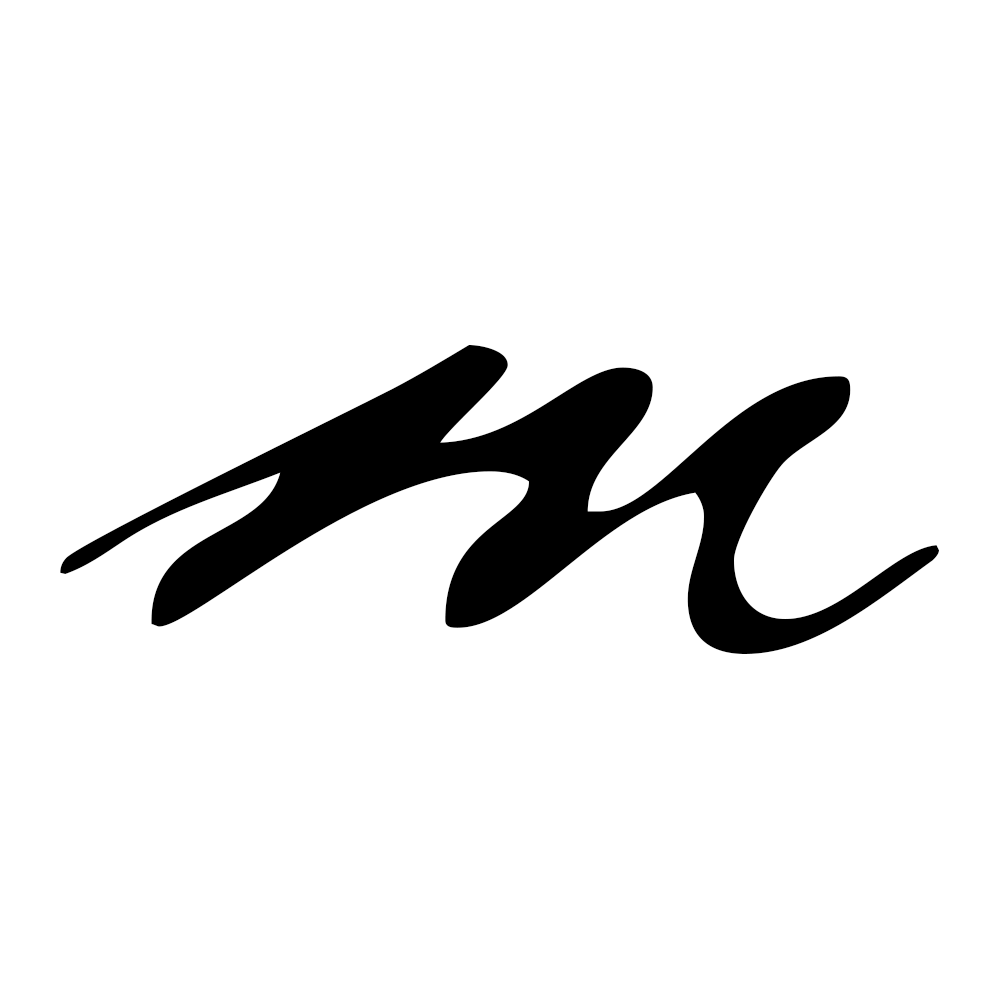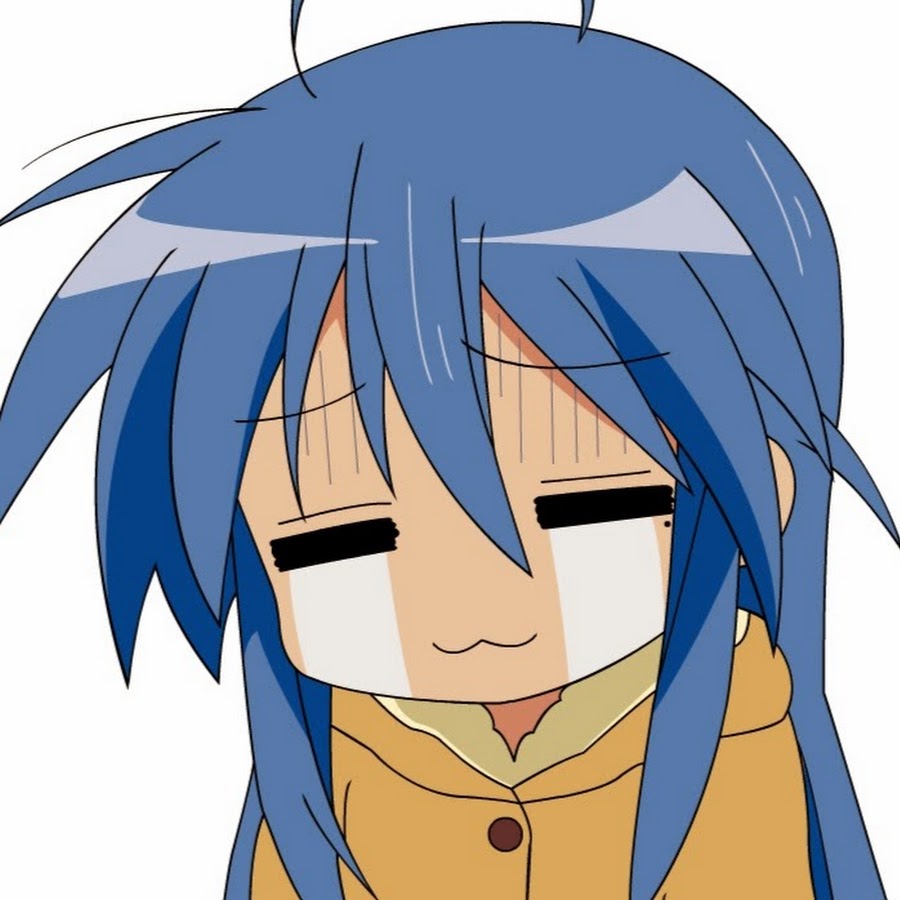I almost missed the Spanish upsidedown semicolon
¿Wait what?
In Spanish we open and close all quotations. Like:
- ¿Tienes cambio? (do you have change?)
- ¡Me encanta! (I love it!)
I don’t speak Spanish at all, but I really wish more languages would adapt it. It’s so much easier to interpret a sentence knowing it’s meant to be a question or exclamation right from the start.
Just started learning French only to find out you need a Bachelor’s in math just to count past 70.
In Swiss French we say « septante » (70) « huitante » (80) and « nonante » (90) which is better than counting by 20
Swiss French doesn’t count as French (like Schwiizerdütsch isch nöd Dütsch)
If you think French is bad…
// Danish farve = "#(9+½+5)FFAA"Please elaborate. Any background on this?
The Danish word for 99 is nioghalvfems, which literally means “nine and half five.” Which you could be forgiven for assuming meant 11½. The trick is that a) “half five” actually means 4½, as in half less than five, and b) it’s implied that you’re supposed to multiply the second part by 20. So the proper math is
9 + (-½ + 5) * 20 = 99.
//German
Farbe=“#Neunundneunzigdoppelefdoppela;”
programming x linguistics humor
As a programmer and a linguist, this is the kind of content that really gets the happy chemicals flowing through my monkey brain
As guy who hate French language and was learning in 1999 I can confirm it was pain to read the topic of lesson and the date. I was so happy when we switched to 2000.
Whole generations of French students that have no idea they escaped having to write “mille neuf cent quatre-vingt dix-neuf” over and over again, in cursive of course.





